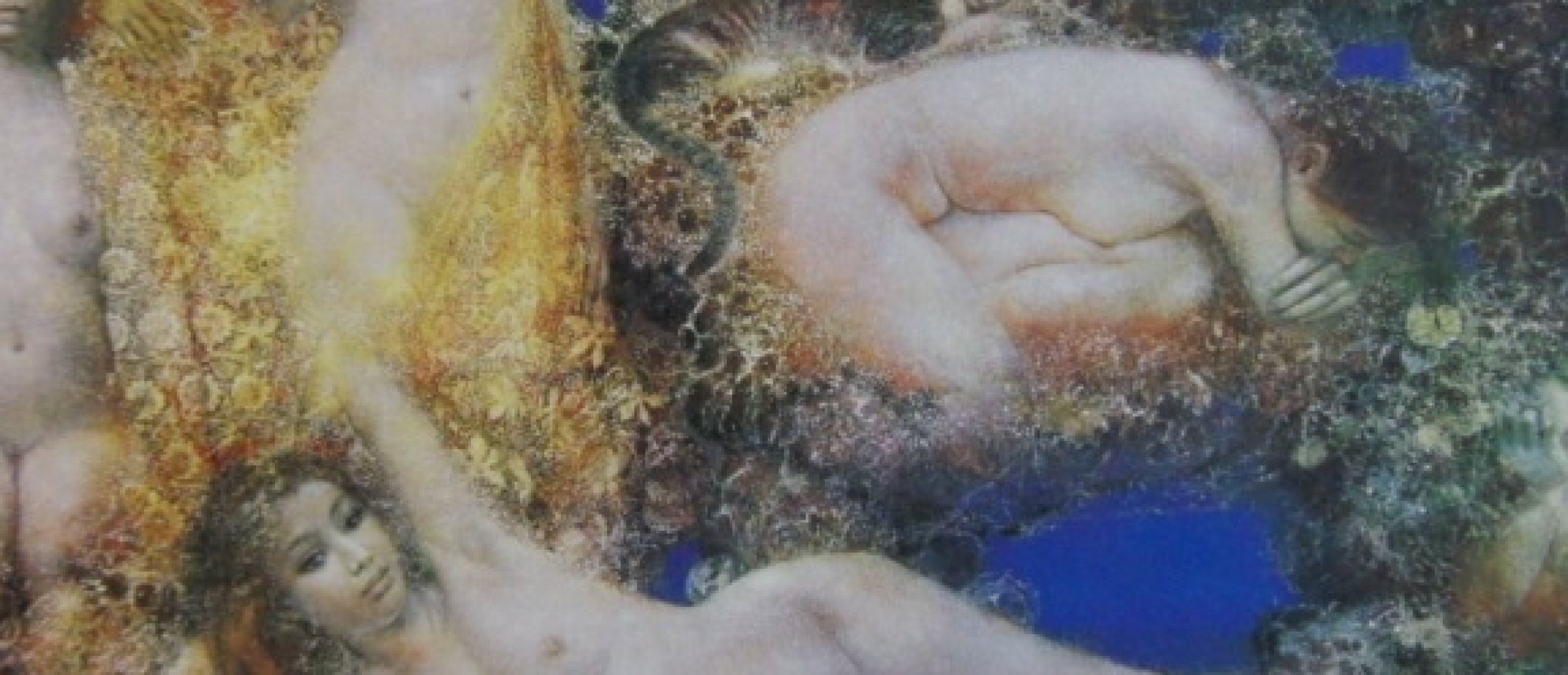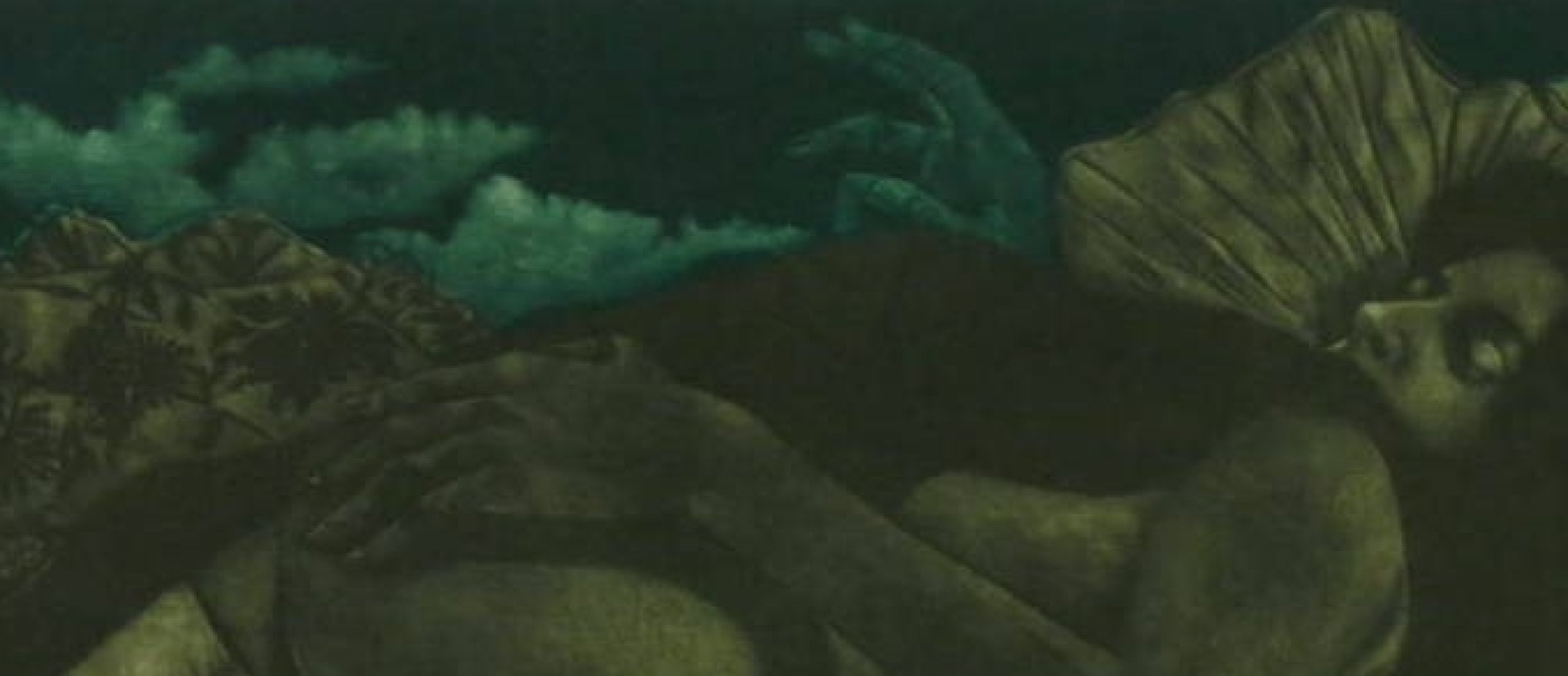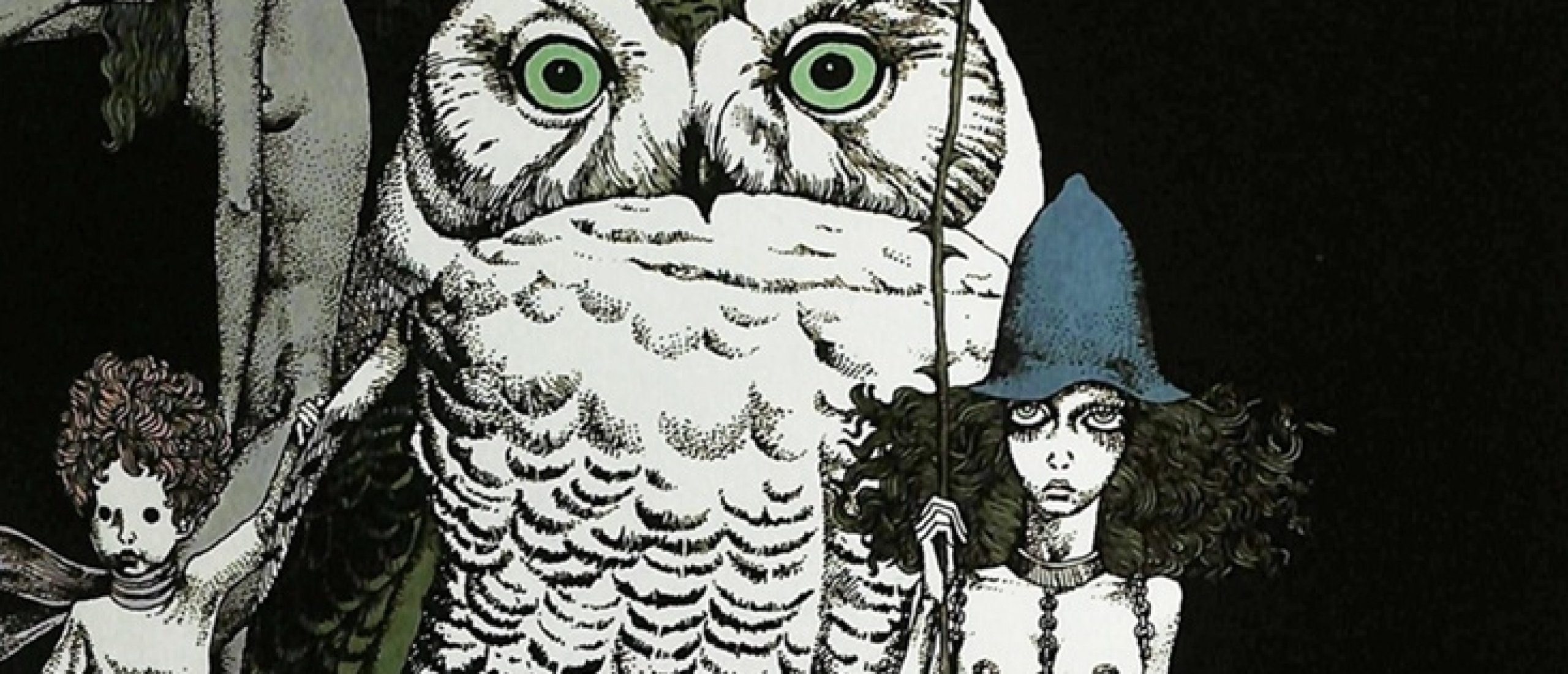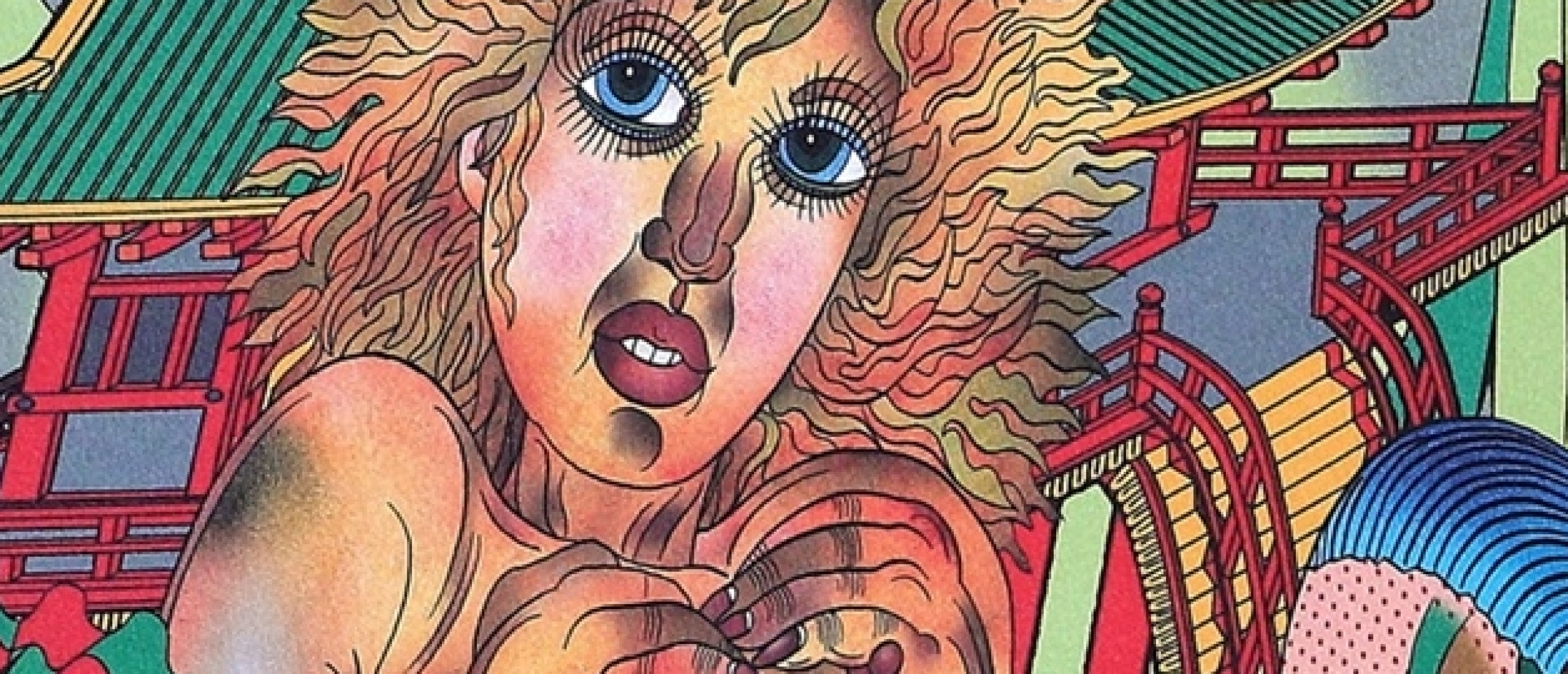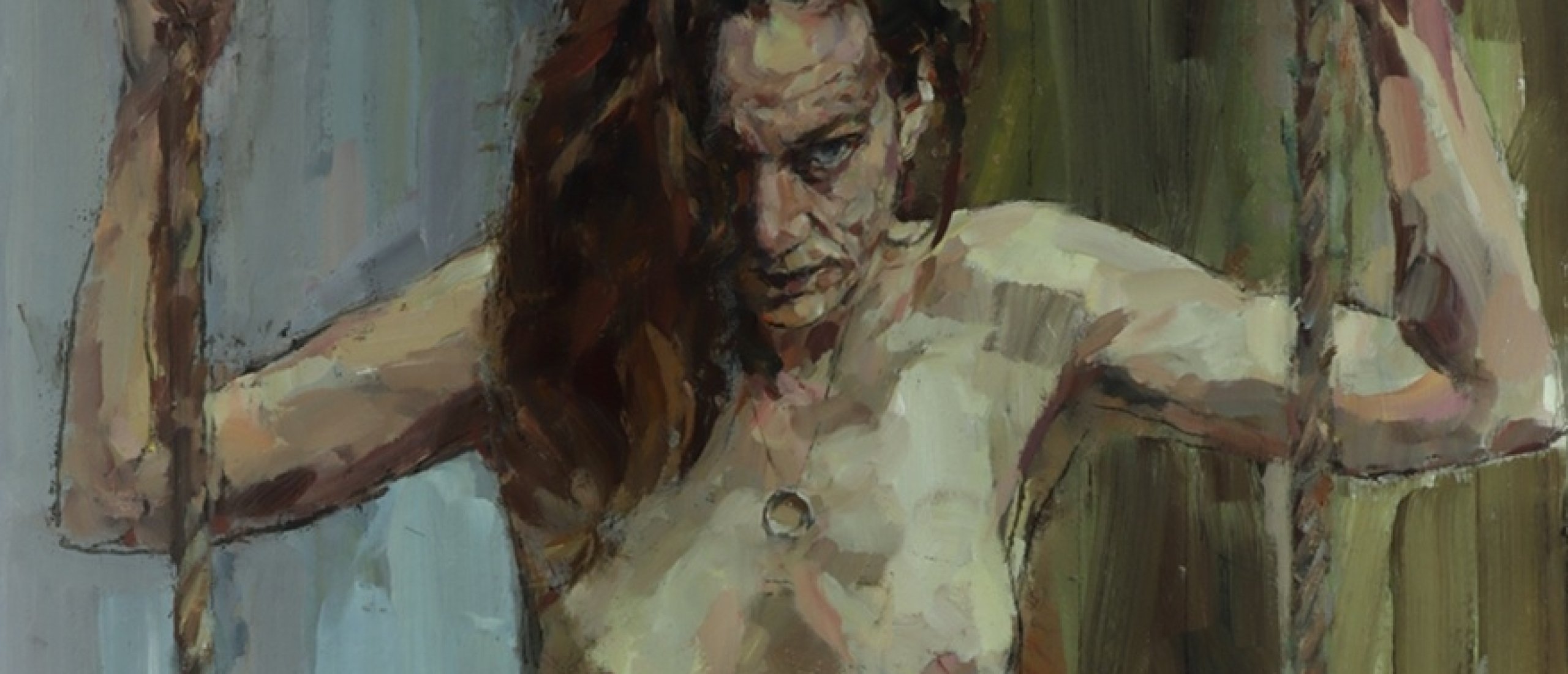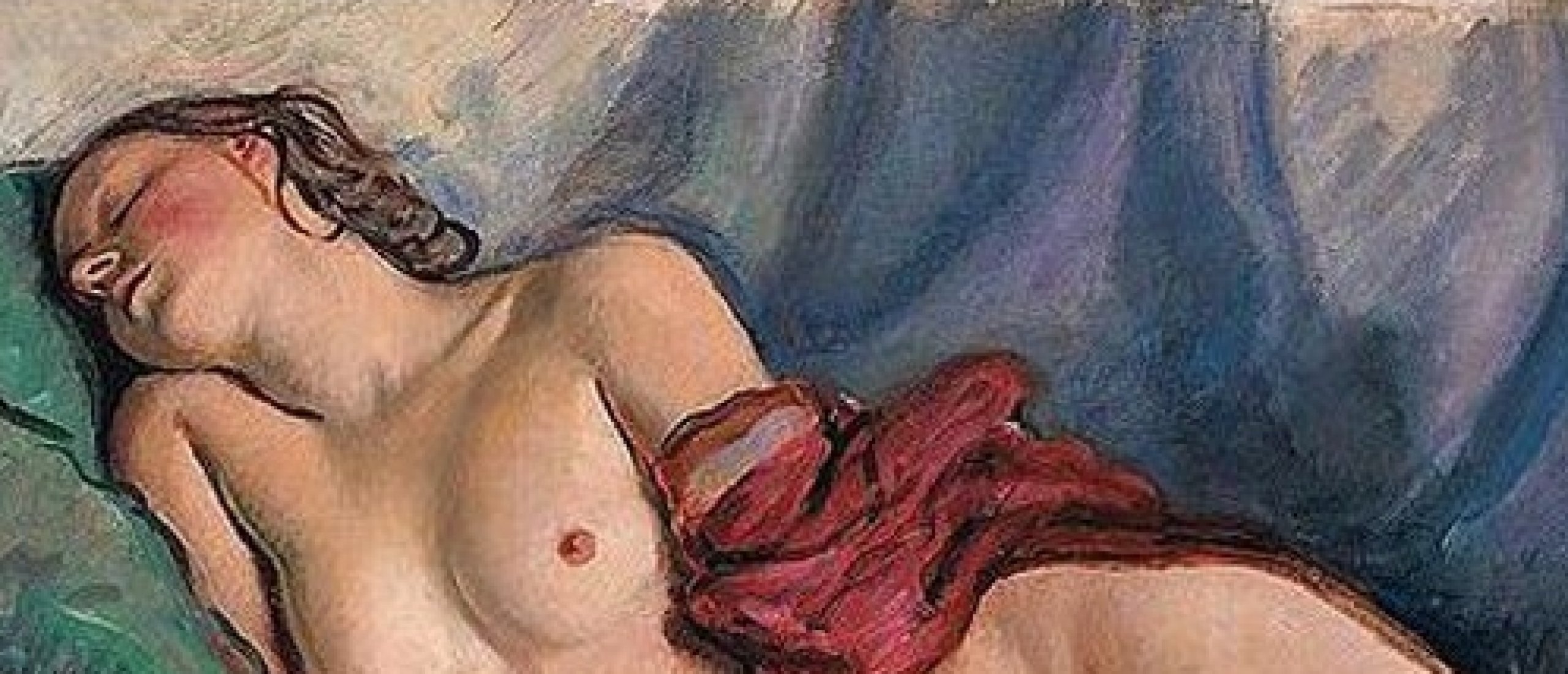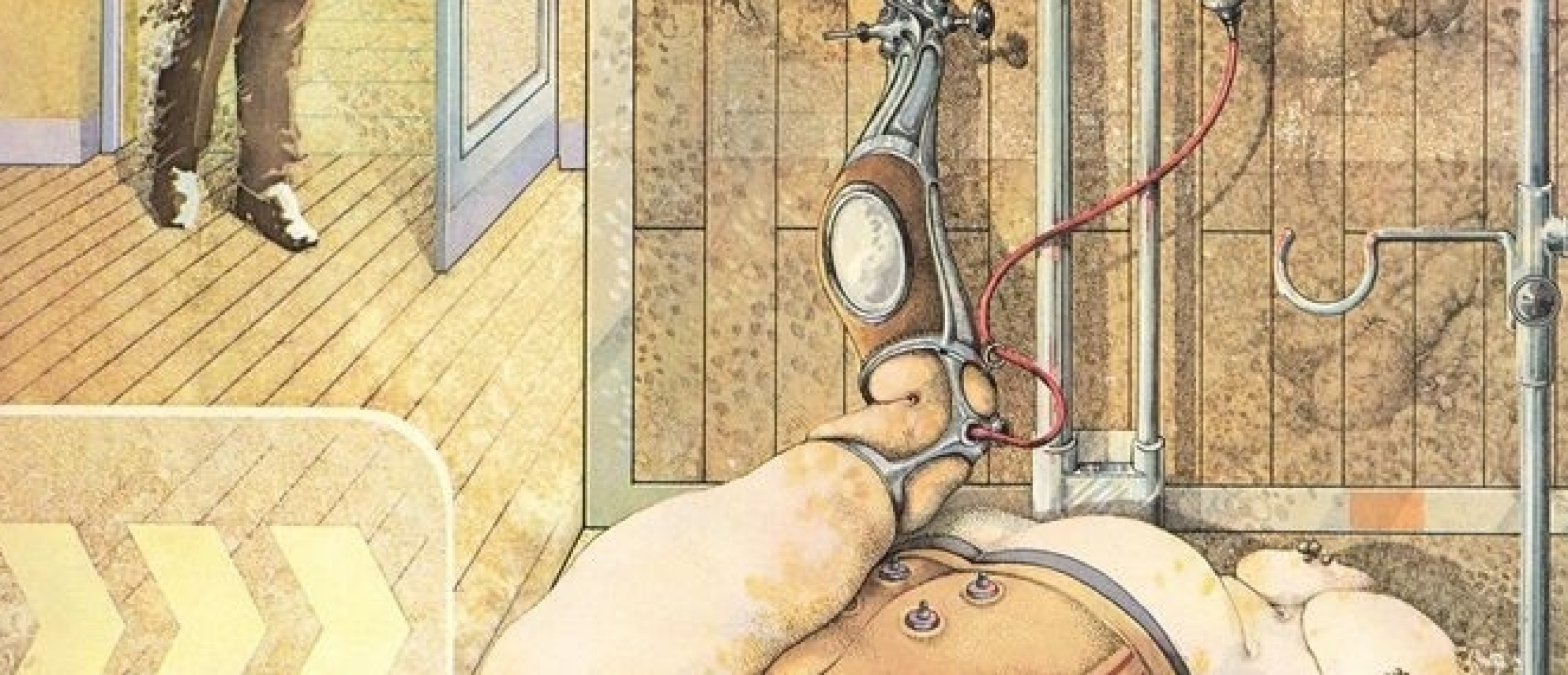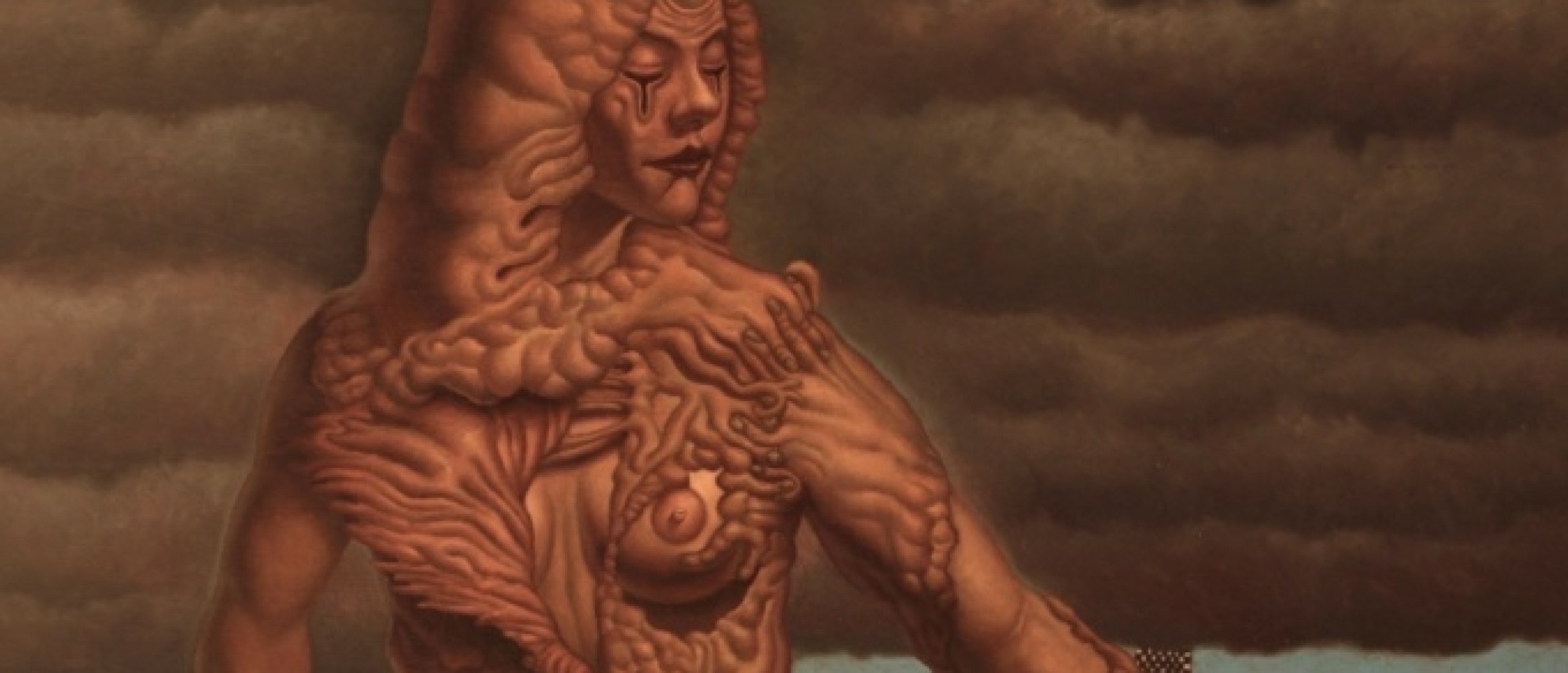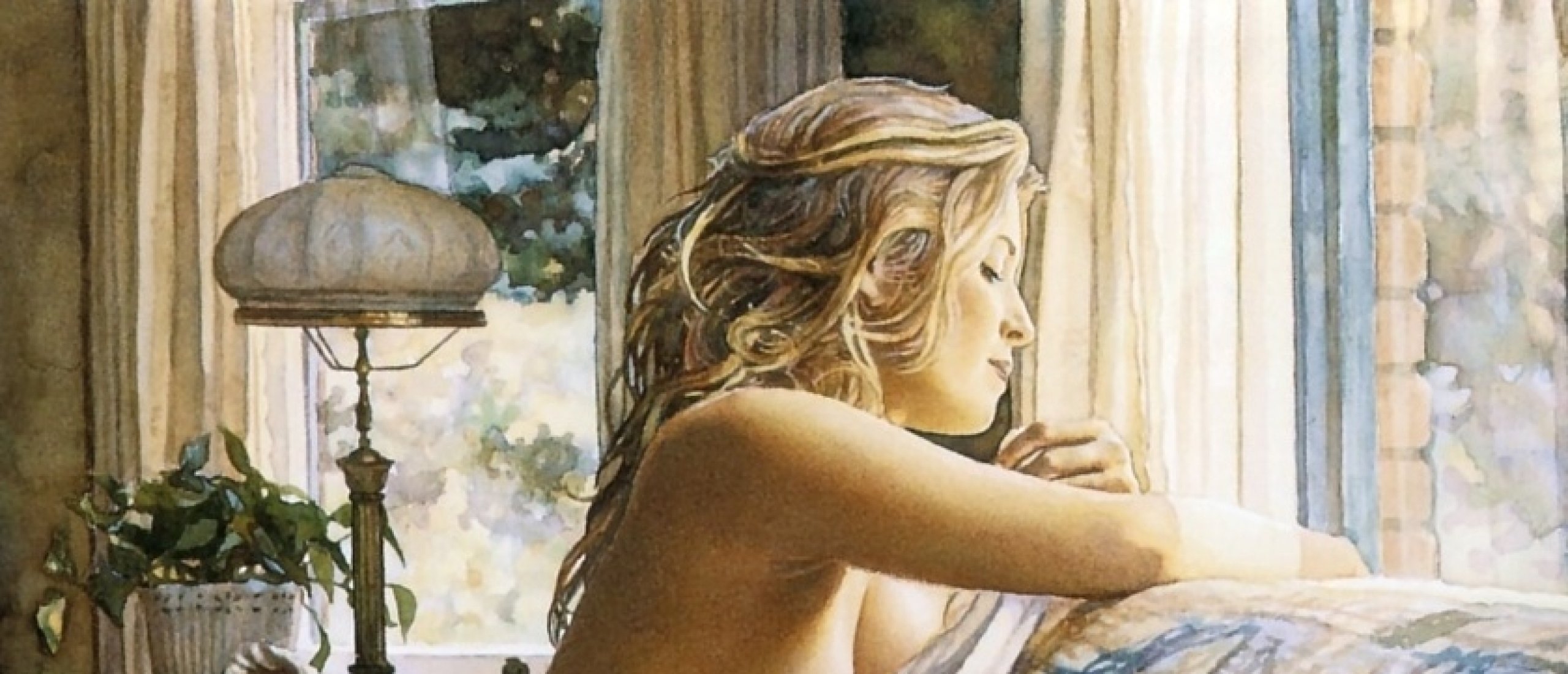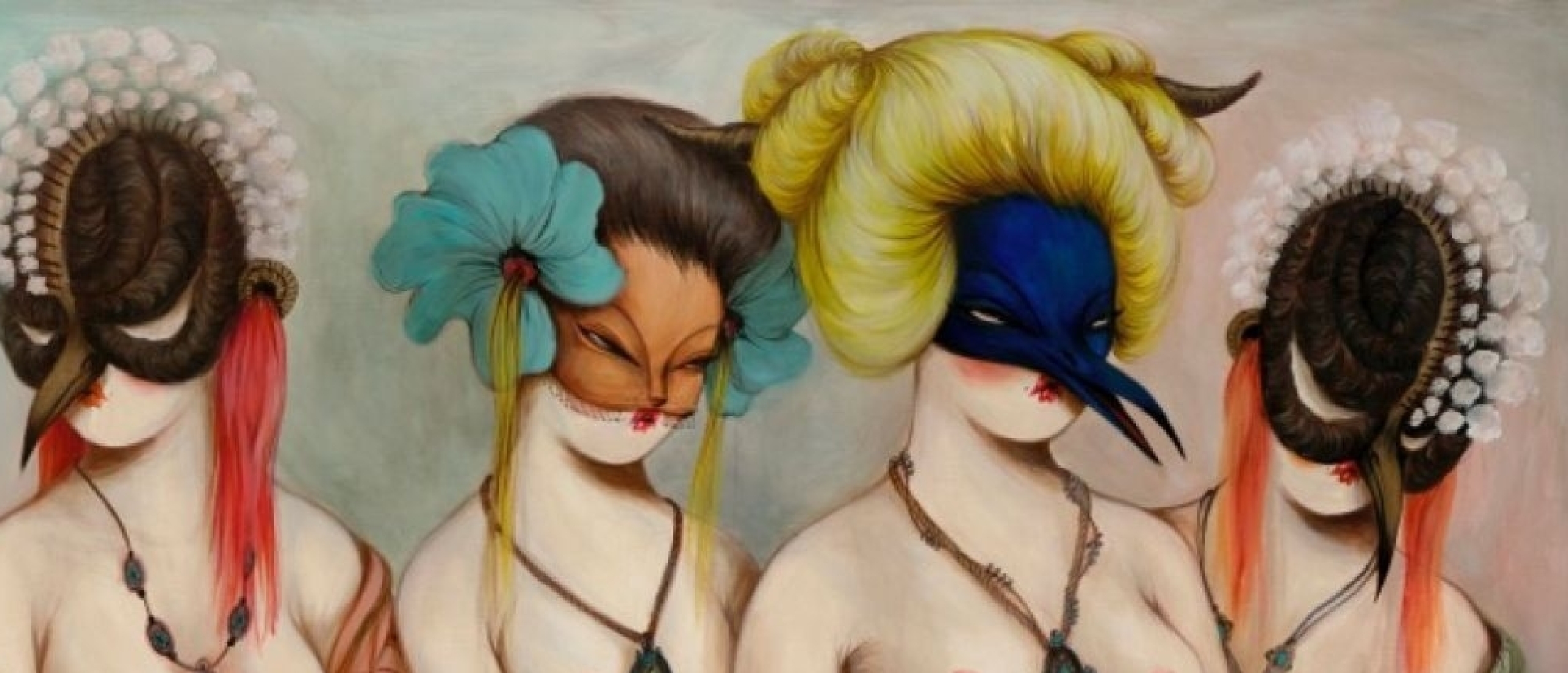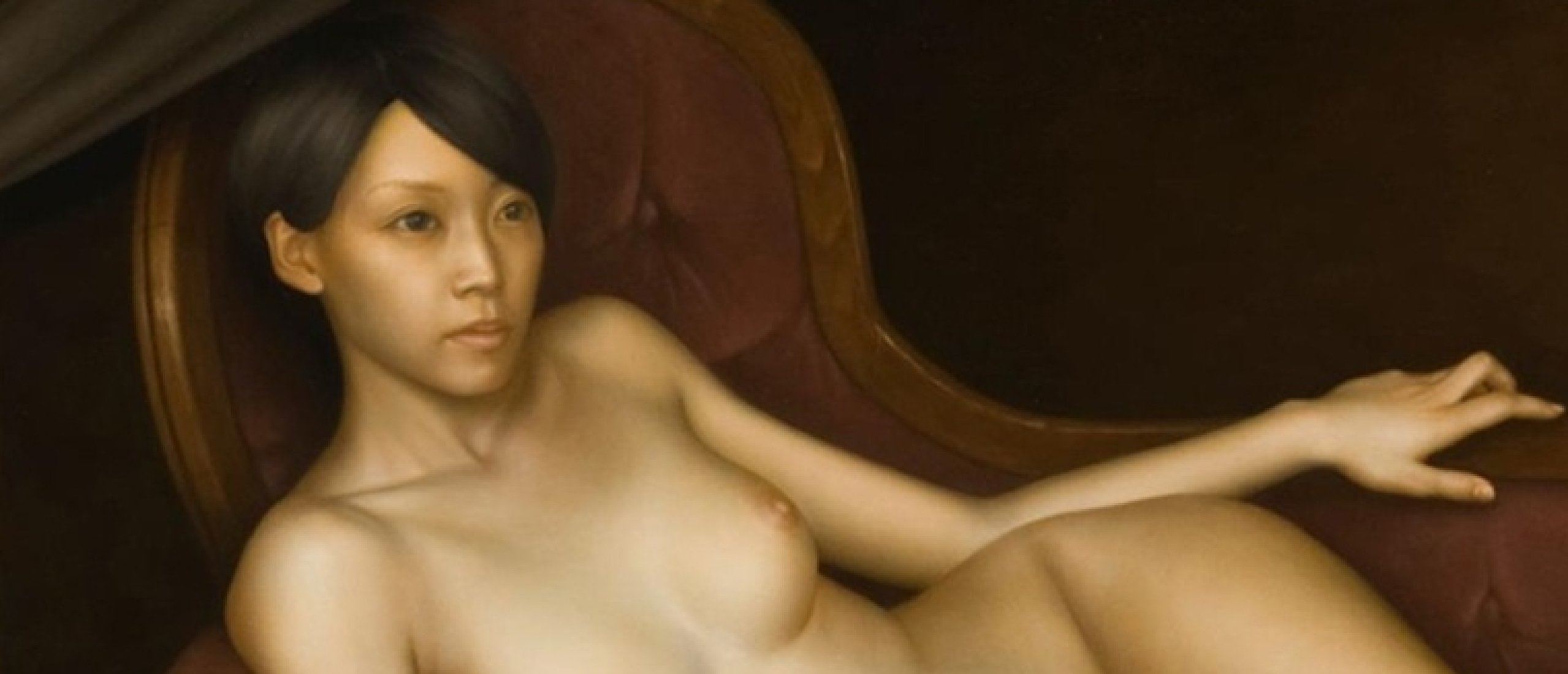
Between Intentions And Interpretations
Is it possible for art featuring nudes, especially of young women, to exist without contemplating arousal? This question touches upon an exposed nerve in the history of Western art, where the naked female body has been simultaneously the vehicle for the highest ideals of beauty and form, and the object of attraction. The line separating artistic "nudity" from "pornography" or "gratuitous eroticism" is porous, often defined more by the artist's intention, the context of the exhibition, and the subjectivity of the viewer than by any objective criteria. In this minefield of intentions and interpretations, the work of Naoki Nakao (中尾直貴) articulates a complex visual discourse on the nude body, especially the young female body, situated in austere, silent compositions, almost suspended outside of time. His drawings and paintings reveal a rigorous technical mastery and a profound interest in the plastic qualities of skin, posture, and anatomical tension.
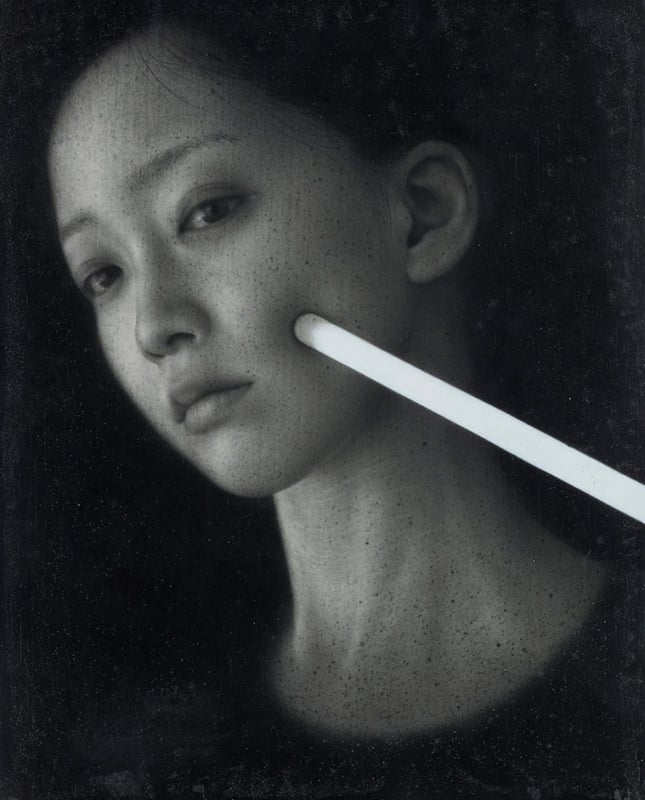
Fig.1
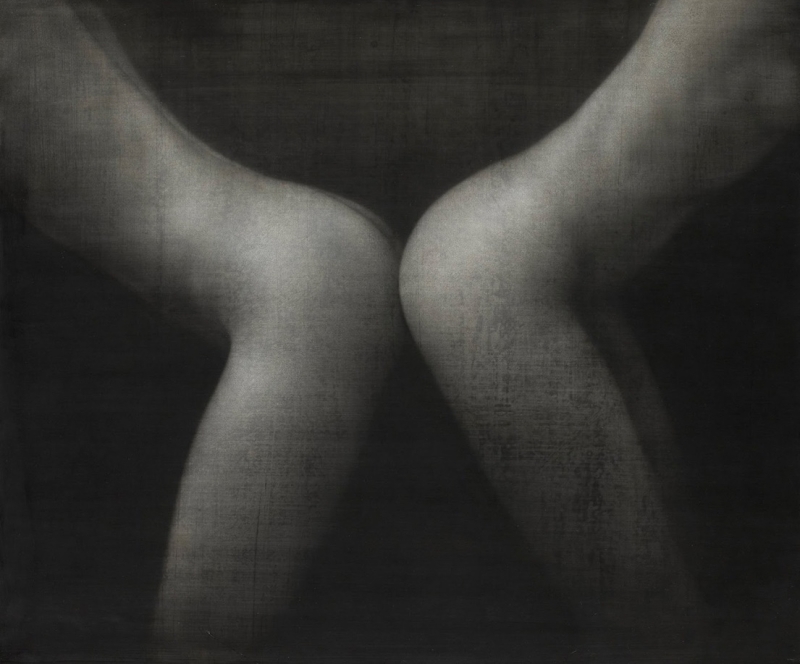
Fig.2
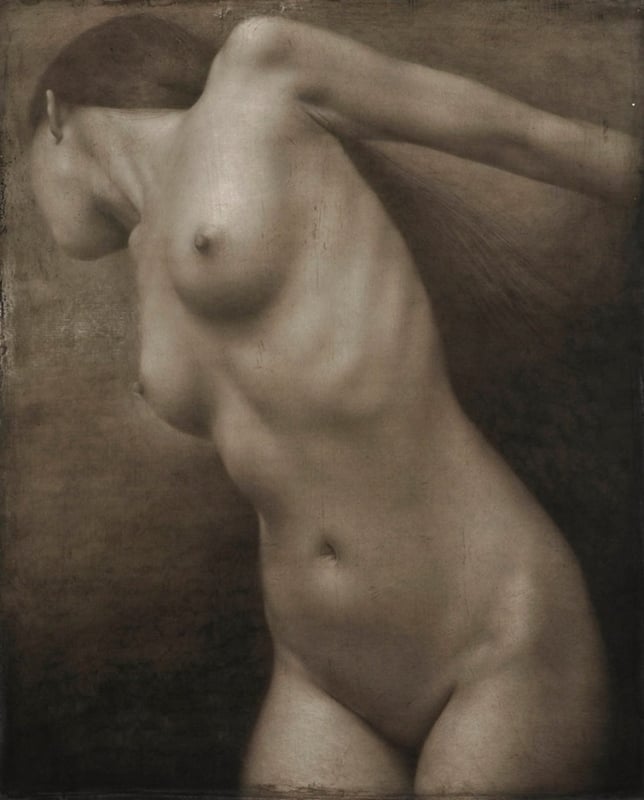
Fig.3
Dismantle the Conventions
Born in 1971 and a graduate of the prestigious Tama Art University, Naoki Nakao dedicates himself almost exclusively to painting young nude women. At first glance, his subject matter places him squarely at the center of the controversy. However, a closer look at his work reveals an approach that, systematically and deliberately, seeks to dismantle the conventions of gratuitous eroticism. Through a combination of stylized realism, composition, and a philosophy of contemplative distancing, Naoki Nakao answers the initial question with a resounding and melancholic "yes." His art not only contemplates but constructs a space where nudity transcends arousal to become a symbol of existential presence, vulnerability, and the silent beauty of being.
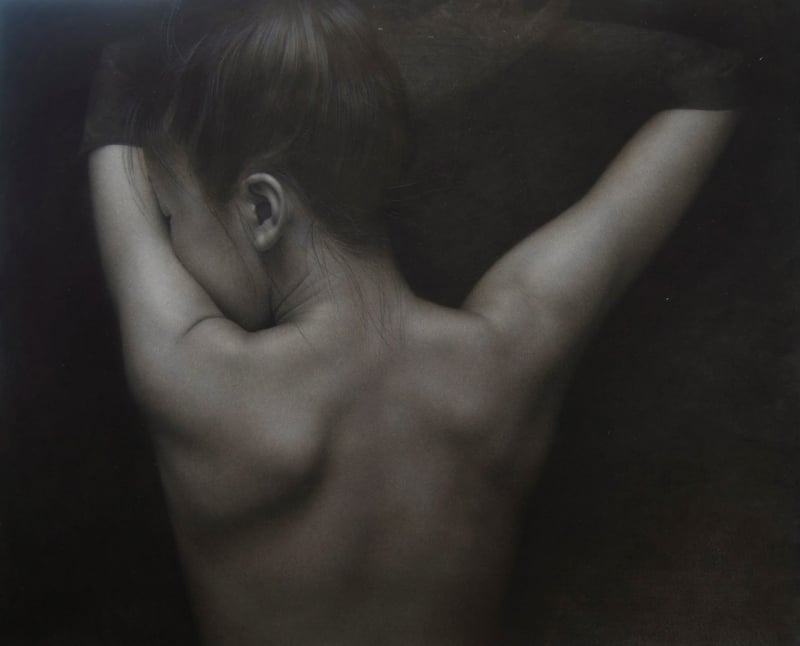
Fig.4
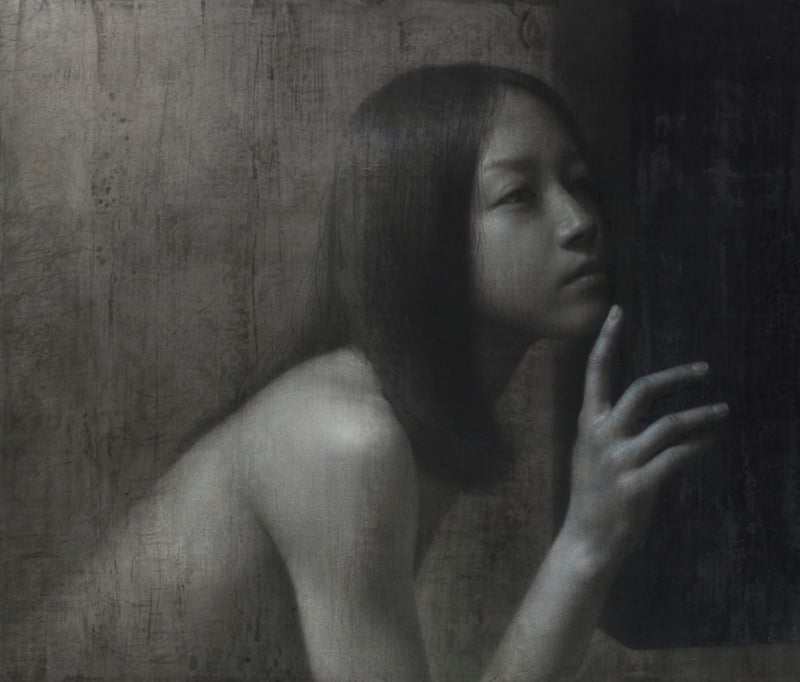
Fig.5
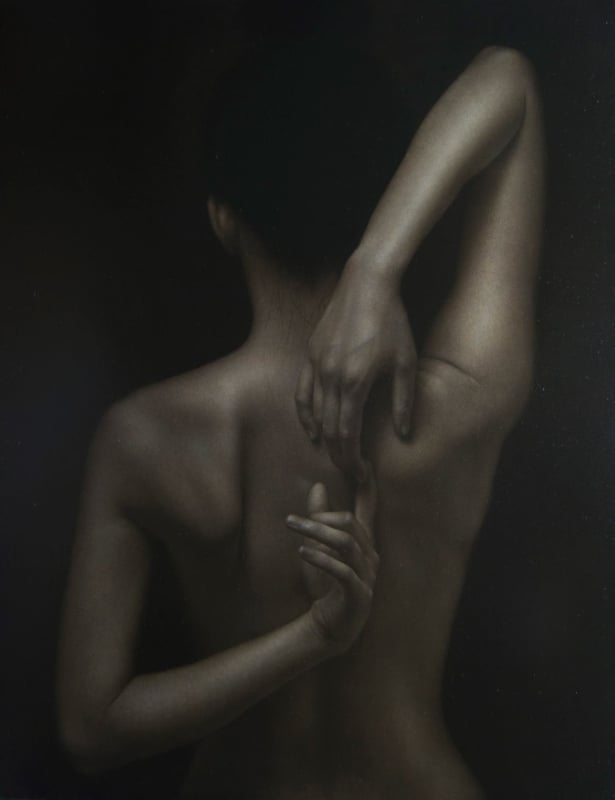
Fig.6
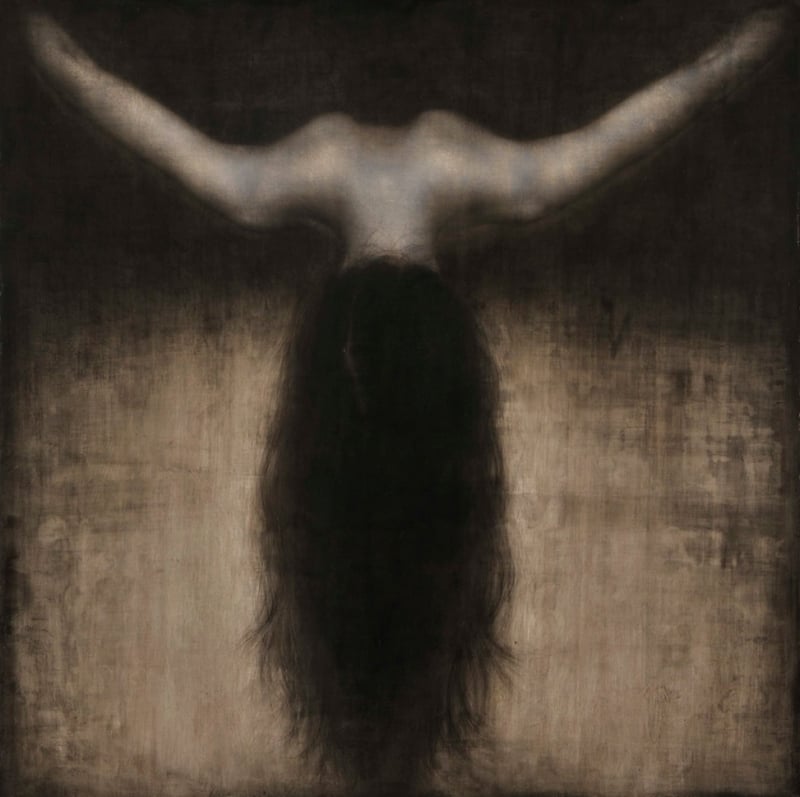
Fig.7
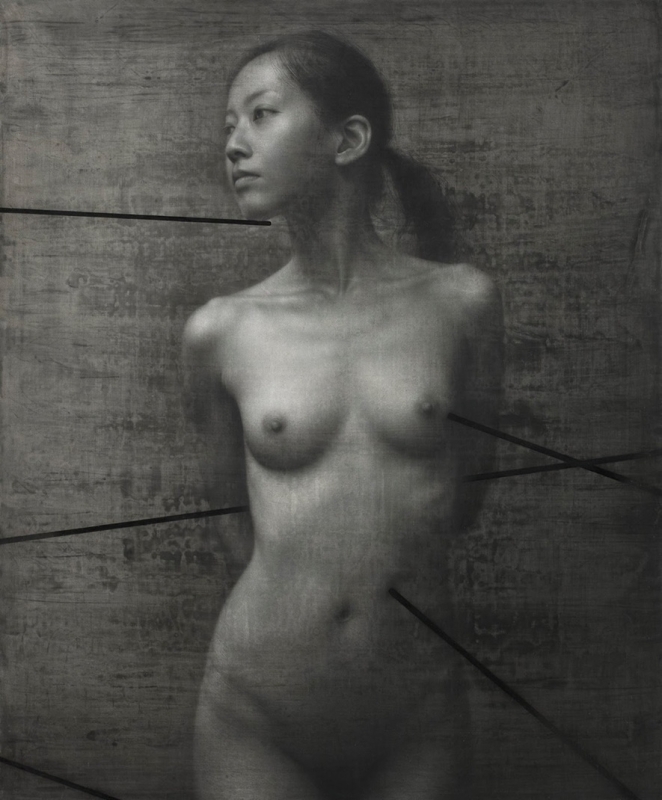
Fig.8
The Refusal Of the Invitation: The Gaze And the Pose
The first strategy of subversion in Naoki Nakao's work lies in the way the artist works with the gaze and the pose. The tradition of the erotic nude, from Titian's Venus of Urbino to Manet's Olympia and countless modern examples, is based on a common principle: presenting the body for the viewer. The model, even if her gaze is defiant or shy, is aware of being observed, so her pose is a simulated performance, calculated to display, seduce, or provoke.
Naoki Nakao's models almost never face the viewer. Their eyes are often closed, half-closed, or their gaze is lost in the void, directed downward or toward a point outside the frame. They are not in a dialogical relationship with the observer but are immersed in their own inner worlds, as the interplay of gazes is interrupted. The viewer is not invited to participate in a fantasy but becomes a silent witness, almost an intruder, in the privacy of a moment of deep introspection. The feeling is not one of voyeuristic complicity, but of an almost sacred respect for a private space.
The poses reinforce this denial of the erotic invitation, as there are no seductive contortions, no gestures of offering. On the contrary, the poses are almost always of withdrawal, vulnerability, or a pensive neutrality. A young woman curled up on a bed, hugging her knees; another seated on a simple chair, her hands in her lap; a third lying on her back, her arms crossed over her chest. They are postures of being, not of presenting. The body is not an object on display, but the receptacle of a consciousness. In this sense, nudity ceases to be a code for sexual availability and becomes a signifier of being stripped bare and of fragility. To be nude is to be unarmed, surrendered not to the viewer, but to oneself
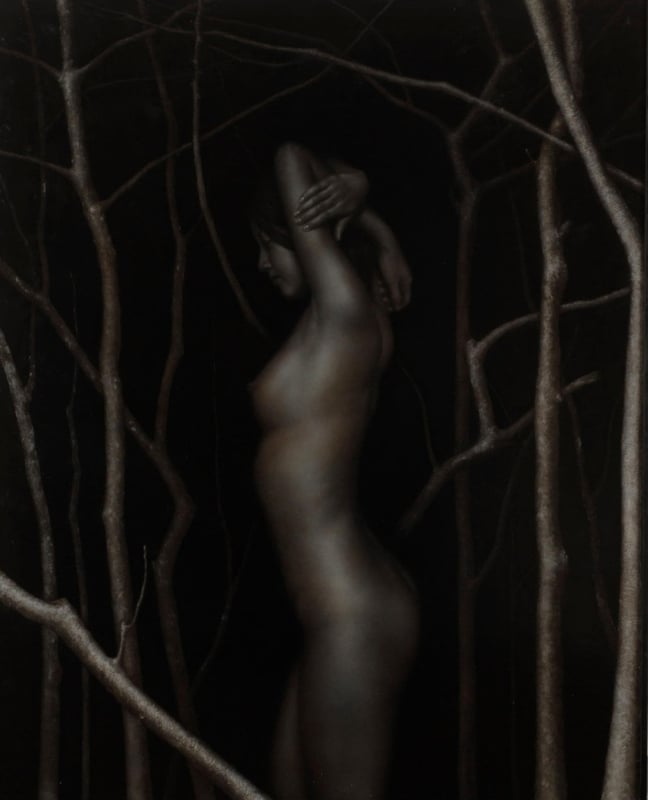
Fig.9
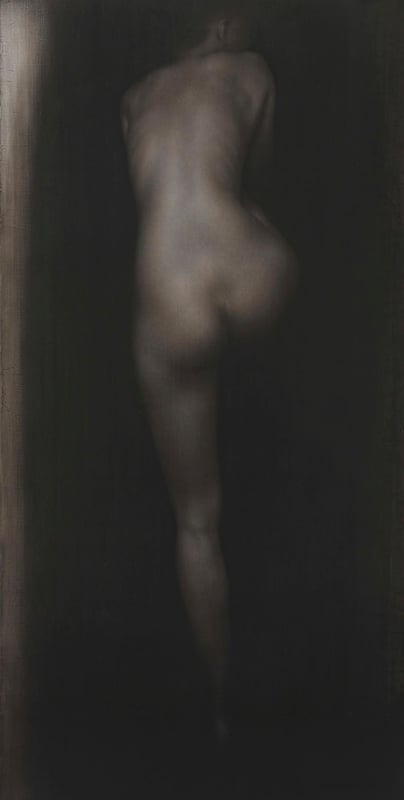
Fig.10
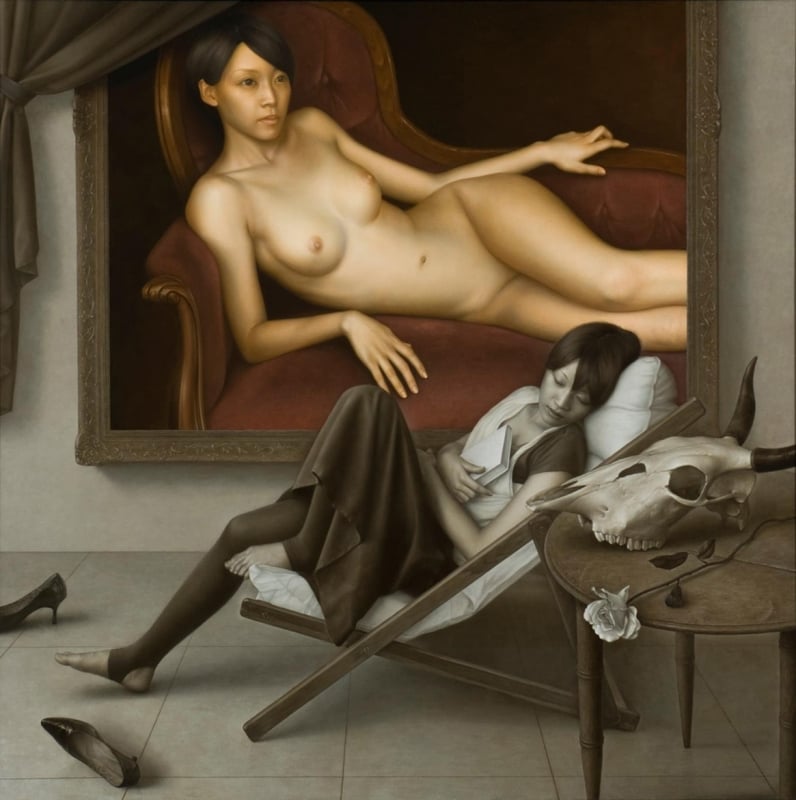
Fig.11
Join Premium now and check out the extended version including more on Nakao's style, painting technique and subversion strategy, how he neutralizes the codes of eroticism, the Japanese aesthetic of mono no aware, 76 mesmerizing artworks, and MUCH more...
Click HERE for the fashionable nudes of the modern bijinga artist Seigo Takatsuka
Let us know your thoughts on Nakao's art in the comment box below...!!

